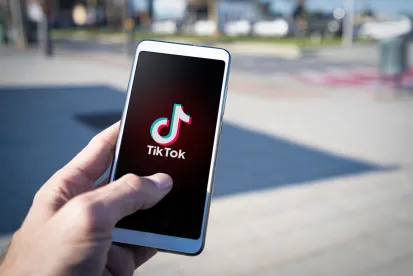Technological turnover is the process in which technology advancements renders previous iterations obsolete. Each innovation comes with new features, faster computing, and changes in user experience. In some instances, the improvements are so drastically different, they create an entire new market leaving the previous one decimated. Think of the way that GPS replaced physical maps.
We are once again seeing surprising change in our most basic life technology, as the mobile phone market bifurcates in an unprecedented manner. A high-tech and slow-tech market have developed offering consumers drastically different features.
The mobile phone put the world of information at our fingertips. The progression of the smartphone is a paradigm of rapid technological turnover leaving recent iterations fundamentally obsolete less after less than a year on the market.
Skipping the 1980's when mobile phones were (almost) ironically called mobile even though it would not fit in a briefcase – more luggable than mobile. The first truly consumer mobile phones came to market in the early 1990s. Nokia's icon rectangle design was the face of the market. The phone allowed users to call, text, and play pre-installed games. By the late 1990s phones were in color, would alert with vibrations, and allowed the receipt of emails. In the years between 2000 and 2007, phones advanced with the ability to connect to the internet, buy ringtones, store information on SIM cards, and take photographs.
The first iPhone was released in 2007, which marks the start of the "smartphone" era. Smartphones revolutionized the market with touchscreen capabilities and an application store marketplace. Our flip-phone quickly found its place collecting dust on the bottom of a drawer. To put it into perspective, at the start of the decade all you could buy were ringtones, which in 2007 alone brought in $881 million in revenue, and by the end of that decade there was a marketplace flooded with applications allowing users to play intricate games, increase productivity, and connect to social media, which garnered $4.2 billion in revenue in 2009.
The 2010s moved the mobile phone from a smartphone era into the "mobile companion" era. Phones began dismantling all industries that sat tangential to its market. Phones saw increased storage capacity that diminished the USB market, embedded high-quality cameras that eradicated the digital camera market, biometric login (touch and facial recognition), health monitoring, credit card wallets, and the permanent attachment to its users hip. The mobile companion became so integral to our daily lives we developed phantom vibration syndrome, "smartphone pinky" and "text neck," smartphone sleep sabotage, and conspiracy theories that phones give off cancer causing radiation.
Today, there is a rift growing in consumer behavior/demand between those people who want to remain connected and stay up-to-date with each new model and those people who want to break the connection by moving to older style phones the do not offer the features that make the phone a mobile companion, or even a smartphone. These minimalist phones vary slightly in features but, for the most part, stick to the philosophy that the phone is for talking and texting and not much else. Some consumers are moving to these minimalist devices to break smartphone addiction. Others see these devices as a way to gain greater privacy by giving up the applications and features that allow companies to obtain your data and build a profile on your location and behaviors.
Sure, in history people have been resistant to changes in technology. People opposed the motor vehicle in favor of the horse. For example, a quote from an 1875 Congressional Record in opposition of the motor vehicle states "[t]he dangers are obvious… [h]orseless carriages propelled by gasoline might attain speeds of 14 or even 20 miles per hour." However, the shifting attitudes towards the phone are not in opposition to the existence of the technology, it is merely foregoing advancements made. This trend is unique, you do not see consumers clamoring for three-channel televisions, boxy desktop computers or the cars scooped up in the Government's 2009 cash for clunkers program.
As consumers seek to disconnect, the market disrupters may see a new form of disruption as technology advancements are turned down. Whether this trend will be widespread is still to be seen, but it is assured to grow as consumer awareness grows. Furthermore, businesses should be aware of this changing market sentiment to understand how it could impact their business models. Amazon recently announced moves to open brick-and-mortar store fronts, which is the same market analysts alleged that Amazon destroyed. This could mark a shift in e-commerce behavior as the next consumer behavior fissure.



 />i
/>i

